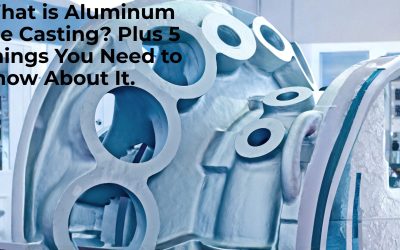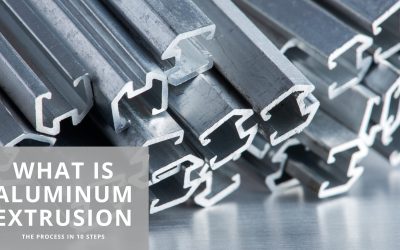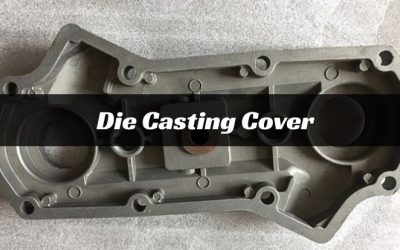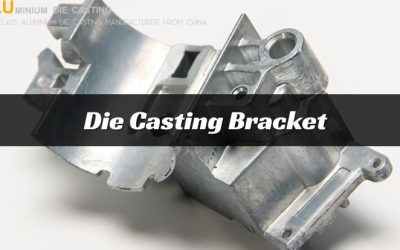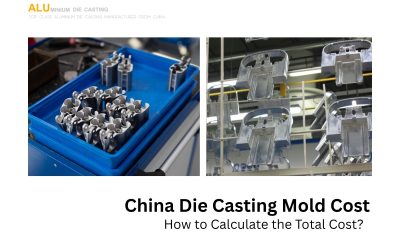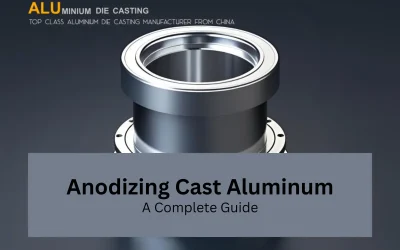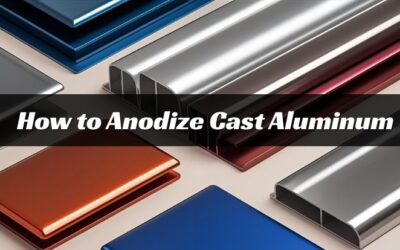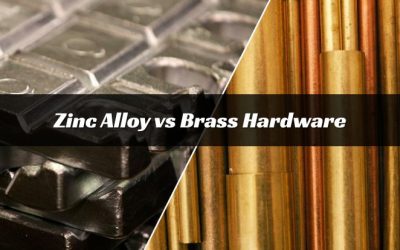Everything You Need to Know About Motor Housing
A motor housing serves as an essential component of a motor. It protects the motor from gathering dust and dirt and from overheating and getting damaged. It also keeps the motor safe and running smoothly. Selecting the right motor housing will result in an improvement...
What is Aluminum Die Casting? Plus 5 Things You Need to Know About It
What do you think when you hear the term Aluminum Die Casting? While the term die casting might sound like an industrial term referring to only heavy machinery, it is actually a process done using advanced technology to produce some of the lighter and more efficient...
What is Aluminum Extrusion? The Process in 10 Steps
Extrusion of aluminum is the act of forcing aluminum alloy into a die with a predetermined cross-sectional profile. Consider a tube of toothpaste squeezer extrusion is also similar. An electrically powered ram forces the aluminum into the die and the material comes...
Cast Intercooler End Tanks: Performance and Durability Explained
Cast aluminum end tank is a vital part of high-performance intercoolers that needs to control airflow and withstand high pressure and temperature. Quality cast intercooler end tanks improve air distribution through the intercooler core, which leads to more efficient...
Is Zinc Alloy Safe?
Zinc alloy metal is used in many products we see or use every day. It is popular because it is strong, affordable, and easy to shape. Many people also ask, Is zinc alloy metal safe? In most cases, it is safe for daily use when the material is high-quality. Still, some...
Cast Aluminum Mailbox: Decorate Your Place with Classic Charm
A cast aluminum mailbox is a typical mailbox made of cast aluminum. It is made by pouring melted aluminum into a mold to form beautiful shapes and designs. Cast Aluminum mailboxes offer smooth surfaces, curved edges, and fine details. Overall, it looks elegant and...
Aluminum Die Casting Housing: Strength, Precision, and Efficiency
Aluminum die casting housing is key to making modern products durable and lightweight. This is because Aluminum die casting is used in the automotive, electronics, lighting, and industrial sectors where strength and precision are most critical. Quality, surface...
Wholesale Aluminum Die Casting Handle– Guide to Buy for Manufacturers and Wholesalers
There is an increasing demand globally for wholesale aluminum die casting handle products. Several industries utilize strong, lightweight, and corrosion-resistant handles. These handles are used in automotive systems, industrial equipment, and construction hardware....
Die Casting Cover: Strength, Precision, and Performance
The suppliers of die casting covers construct robust and precisely engineered die casting covers that cater to a range of industries. These covers withstand and protect machinery, such as automotive engines and electrical systems, from overheating, dust, and damage....
John Deere Cotton Picker Parts
The process of cotton picking has been drastically different over the decades, and new John Deere cotton pickers changed the way the farmers treat one of the most treasured crops in the world. These machines will reduce the time, labor, and cost of operation due to...
Die Casting Bracket: Precision, Strength, and Wholesale Opportunities
Die casting brackets are dependable components utilized in various industries. They are structurally robust, anatomically light, and precisely engineered to consolidate and support architectural structures. For modern production industries, die casting brackets are...
How much die casting mold cost?
Maybe you are about to start your die-casting part business. Or perhaps you are looking for a suitable supplier for your die casting parts. Either way, the challenging step is to assess the cost of the die casting manufacturing process. If you are looking for...
Anodizing Die Cast Aluminum – A Complete Guide
Can cast aluminum be anodized? Most people think working with cast aluminum is difficult. In reality, if you follow the proper steps, you can achieve a smooth and durable finish. The process of anodizing cast aluminum makes the surface stronger and more resistant to...
How to Anodize Cast Aluminum: A Complete Guide
The question about how to anodize cast aluminum is usually a topic of discussion among amateur DIYers and users of this powerful metal. Aluminum is powerful, light, and is common in products like car components, cookware, among other products. The most common surface...
Custom Aluminum Die Casting
In the die casting world, aluminum is the most widely used metal. It is known for its lightweight nature and high strength-to-weight ratio. Customized aluminum die casting parts are commonly used in many industries. It is one of the most popular manufacturing...
Automotive Castings: The Ultimate Guide to High-Quality Auto Parts
Automotive castings are used in the car industry to reduce the weight of car which is one of factors. We are all concerned about the importance of precision in motion. When it comes to making a vehicle, each parameter of motion plays a crucial role. The weight of the...
Cast Iron Cookware Company: The Timeless Choice for Durable Kitchenware
Cooking does not only mean making food, but also tradition, culture, and health. The demand for cast-iron cookware is increasing in this contemporary era of nonstick and stainless-steel pans. Cast iron is a reliable cooking material with a long history of usage that...
The Timeless Appeal of Cast Iron Door Hardware
Timeless and durable, cast iron door hardware adds classic charm to any space. Explore styles, benefits, and quality options from GC Precision Mould. Details are important when it comes to home design. All of the doors, cabinets, and furniture fittings which we often...
Brass Cabinet Hardware: The Perfect Blend of Style and Functionality
In the case of the home design, everything counts. Although massive furniture, flooring and color of walls strike a viewer at first sight, small details tend to be what makes a room special. Amongst such small details, the brass cabinet hardware is one of the most...
Zinc Alloy vs Brass Hardware: A Complete Guide
Hardware plays an important role in every home, office, and building. From doors and windows to furniture and cabinets, hardware is in use daily. The strength, appearance, and cost of hardware are dependent on the material used to make it. Two of the most common types...
Customized Zinc Die Casting: A Complete Guide
Custom zinc die casting is typically a method of creating custom zinc metal parts. Unlike standard parts, custom manufacturing needs everything to be custom-made. Starting from designing to post-processing, everything comes with specific requirements. Besides,...


